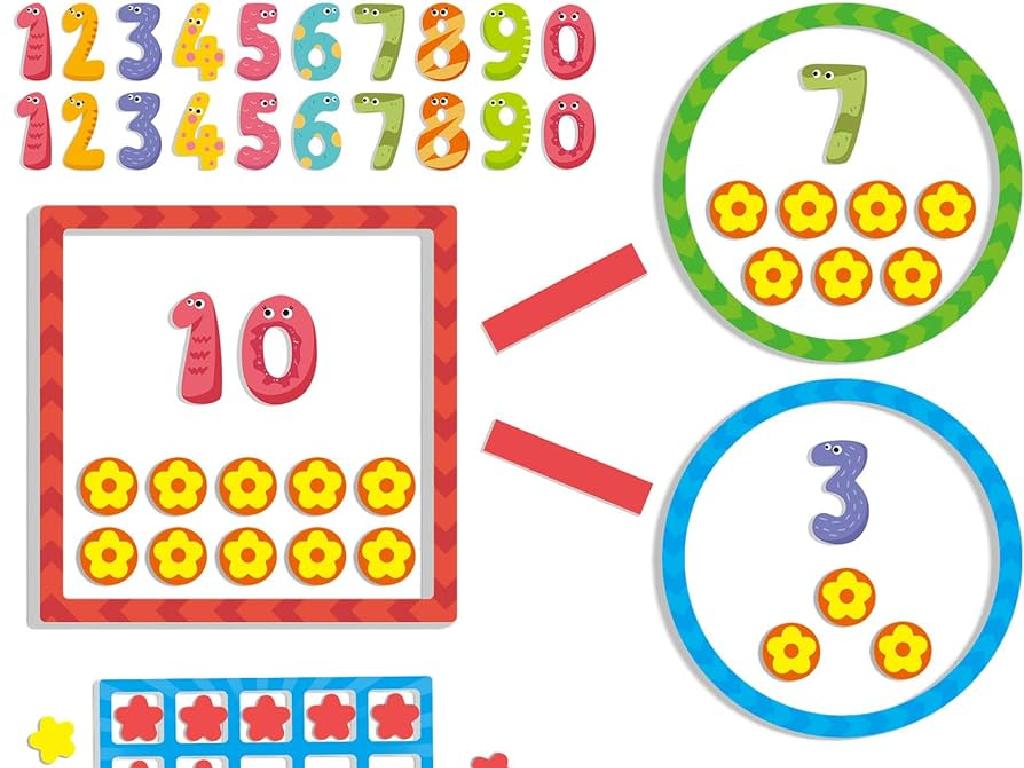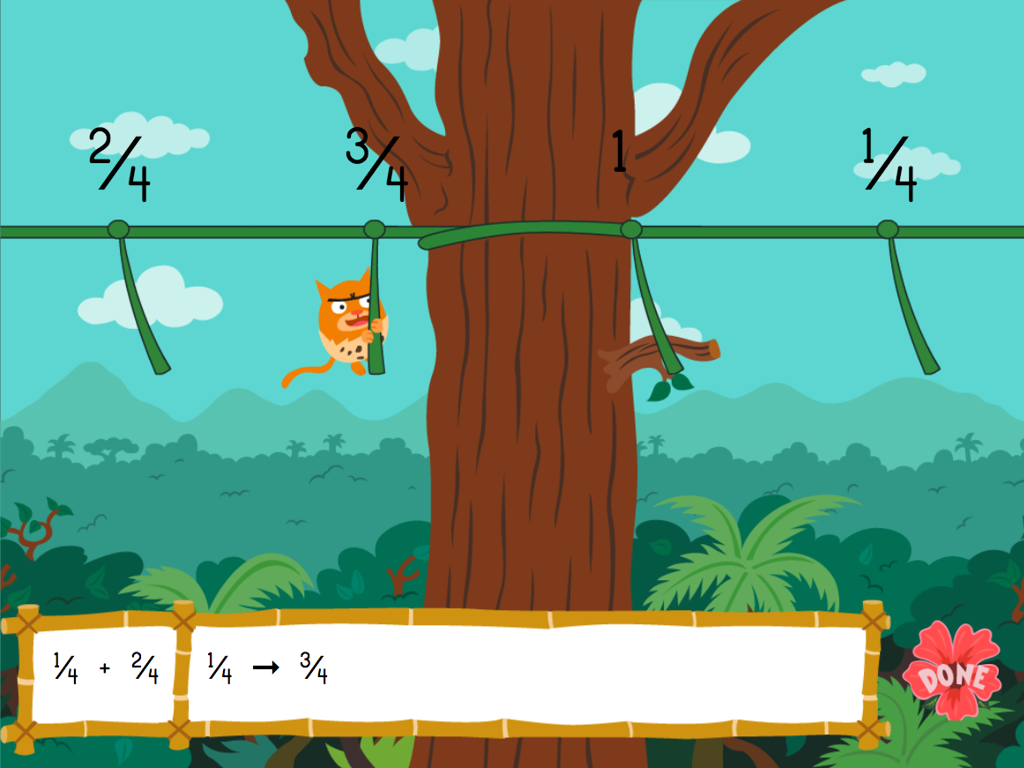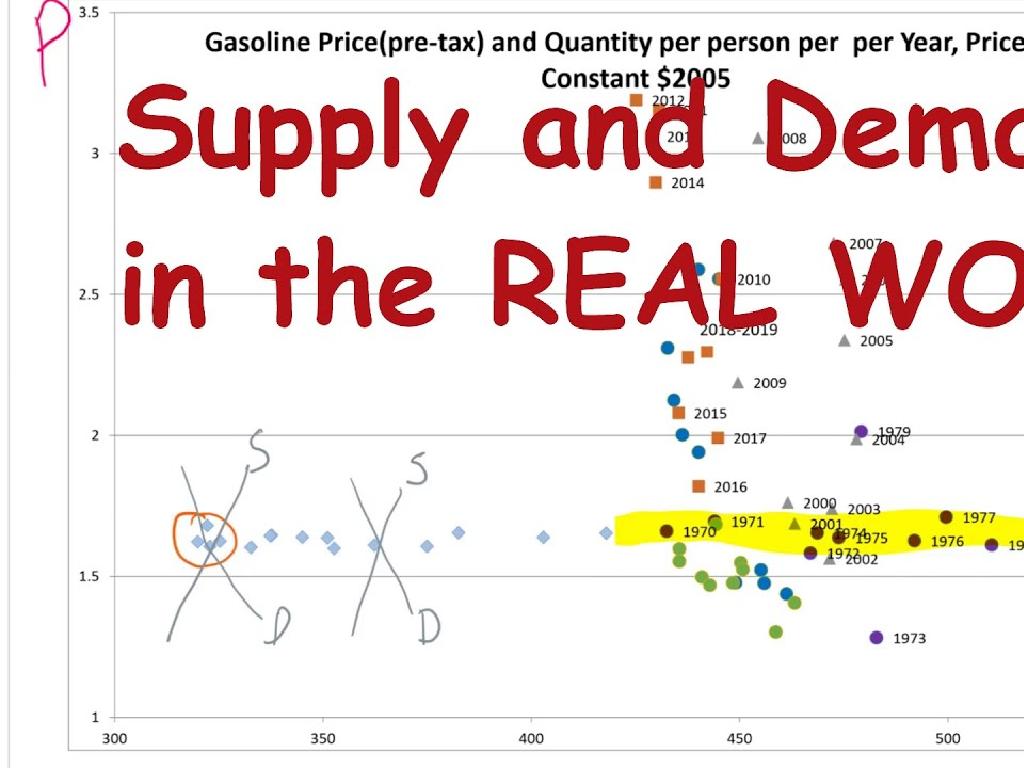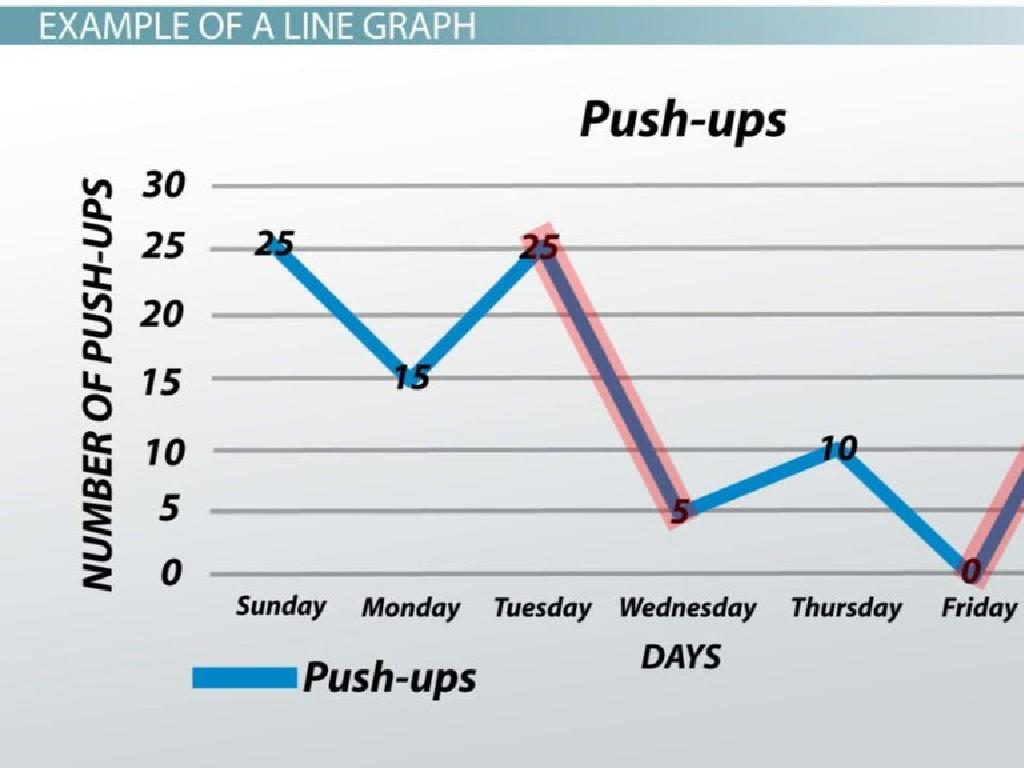Complete The Word With The Correct Short Vowel
Subject: Language arts
Grade: Second grade
Topic: Short Vowels
Please LOG IN to download the presentation. Access is available to registered users only.
View More Content
Welcome to Short Vowels!
– Learning about short vowels
– Vowels help with reading and writing
– What is a vowel?
– A vowel is a speech sound made without blocking air from the lungs
– Activity: Identifying vowels
– We’ll practice finding vowels in words together
|
This slide introduces the concept of short vowels to second-grade students. Begin by explaining that vowels are special sounds in our language that are essential for reading and writing. Engage the class by asking if anyone knows what a vowel is, providing an opportunity for interaction. Explain that vowels are sounds made without closing any part of the mouth or throat. Introduce an activity where students will identify vowels in words, reinforcing their understanding of the concept. This activity can include a variety of words where students circle or highlight the vowels they find. Encourage participation and assist students who may struggle with identifying vowels.
What Are Vowels?
– Vowels: special alphabet letters
– Five vowels: A, E, I, O, U
– Vowels have different sounds
– For example, ‘A’ in ‘cat’ and ‘apple’
– Practice with short vowel sounds
– We’ll fill in missing vowels in words
|
This slide introduces the concept of vowels to second-grade students. Vowels are explained as special letters that are essential to every word. Highlight the five vowels and emphasize that each one can make different sounds, such as the short and long sounds. Use examples like ‘cat’ where ‘A’ has a short vowel sound, and compare it to ‘cake’ where ‘A’ has a long vowel sound. Engage the students in practicing short vowel sounds by having them complete words with the correct short vowel during class activities. This will help them understand how vowels function in words and improve their reading and spelling skills.
Mastering Short Vowel Sounds
– Short vowels make quick sounds
– Examples: ‘a’ in ‘cat’, ‘e’ in ‘bed’
– The ‘a’ sounds like ‘ ‘, as in ‘cat’
– More examples: ‘i’ in ‘sit’, ‘o’ in ‘hot’
– ‘i’ as in ‘sit’ sounds like ‘-‘, ‘o’ as in ‘hot’ sounds like ‘O’
– Practice saying short vowels aloud
– We’ll say them together in class for practice
|
This slide introduces students to the concept of short vowel sounds, which are foundational in English phonics. Emphasize the brevity of the sound each vowel makes, which is different from the longer sounds of the same letters. Provide clear examples for each vowel and encourage students to repeat after you, ensuring they understand the sound each letter makes. During the class, practice these sounds by saying them together and using more examples if necessary. Engage the students by asking them to come up with additional words that contain these short vowel sounds.
Matching Game: Fill in the Short Vowel
– Match words to missing vowels
– Guess the correct short vowel
– Example: ‘_at’ could be ‘cat’
– ‘bat’, ‘rat’, and ‘mat’ also fit
– Share your answers with the class
– Let’s see who can find the most words!
|
This interactive game is designed to help students recognize and understand short vowel sounds within words. Display words with missing vowels and encourage students to fill in the blanks with the appropriate short vowel sound. Use common words that they are likely to know. After they guess the vowel, show them the correct answer and discuss other possible words that could fit the pattern. This activity will reinforce their phonemic awareness and spelling skills. For the example ‘_at’, ensure that students understand that the missing letter is a vowel and that there are multiple correct answers. This will help them to think flexibly about language and word construction.
Complete the Word with Short Vowels
– Time to fill in the blanks
– Recall short vowel sounds
– Each vowel has a unique sound, like ‘a’ in ‘cat’
– We’ll start together
– I’ll help with the first examples
– Practice makes perfect
– Keep trying until you get it right
|
This slide is an interactive activity designed to help students apply their knowledge of short vowel sounds to complete words. Start by reminding them of the sounds for a, e, i, o, and u. Work through the first few examples as a class, demonstrating how to listen for and identify the correct vowel sound. Then, allow students to try completing words on their own or in small groups. Provide immediate feedback and encouragement, reinforcing the correct sounds and praising effort. This activity will help solidify their understanding of short vowels in a fun and engaging way.
Practice Time: Fill in the Missing Vowels
– Receive a worksheet with words
– Words have missing vowels
– Fill in blanks with short vowels
– Think about how each vowel sounds
– Practice makes perfect
– The more you practice, the better you’ll get at recognizing vowel sounds
|
This slide is for a class activity where students will be given a worksheet with words that have missing vowels. The task is to fill in the blanks with the correct short vowels (a, e, i, o, u). This exercise will help students practice and reinforce their understanding of short vowel sounds in words. As a teacher, walk around the classroom to assist students who may struggle and provide positive feedback to those who are doing well. Consider creating groups or pairs for peer learning. After the activity, review the answers as a class to ensure understanding. Possible variations of the activity could include using flashcards, creating a short story with missing vowels, or a game where students have to ‘beat the clock’ to fill in as many correct vowels as possible.
Review: Short Vowel Sounds
– Recap short vowel sounds
– Short sound for ‘A’
– The short sound for ‘A’ is like the ‘a’ in ‘apple’.
– Identify ‘E’, ‘I’, ‘O’, ‘U’ sounds
– Let’s remember the sounds for ‘E’, ‘I’, ‘O’, ‘U’ as in ‘egg’, ‘igloo’, ‘octopus’, ‘umbrella’.
– Practice with examples
– We’ll use words like ‘cat’, ‘bed’, ‘fish’, ‘pot’, ‘cup’ to practice.
|
This slide is meant to consolidate the learning of short vowel sounds. Start by asking students to recall the short vowel sounds discussed in the lesson. Engage the class by asking them to produce the short sound for ‘A’ and praise correct answers to reinforce learning. Then, prompt them to identify the short sounds for the other vowels. Use familiar words as examples to help them remember each sound. Finally, encourage the students to practice saying the vowel sounds in words, either by calling on individuals or having the whole class repeat after you. This repetition will help solidify their understanding of short vowels.
Class Activity: Vowel Hunt
– Let’s go on a Vowel Hunt!
– Find objects with short vowels
– Look for items like ‘hat’, ‘pen’, ‘wig’, ‘pot’, ‘bug’
– Work with a buddy
– Write down your vowel words
– Use a notepad to list your words
|
This activity is designed to help students recognize and understand short vowel sounds in a fun and interactive way. Have the students pair up and search the classroom for objects that contain short vowel sounds (a, e, i, o, u). Encourage them to say the names of the objects out loud to hear the vowel sound. Provide each pair with a notepad or paper to write down the words they find. After the hunt, regroup and discuss the words each pair found. This will reinforce their understanding of short vowels and how they appear in everyday language. Possible variations of the activity could include a timed hunt, categorizing the found words by vowel sound, or even creating a short story using the words they’ve listed.
Conclusion & Homework: Short Vowel Hunt
– Excellent work on short vowels!
– Homework: Find 5 objects with short vowels
– Look for items like ‘hat’, ‘bed’, ‘pig’, ‘frog’, ‘cup’
– Write down the object names
– Share your findings tomorrow
– We’ll discuss as a class what vowels you found
|
This slide wraps up the lesson on short vowels and sets up a practical homework assignment to reinforce the day’s learning. Encourage students to explore their homes for objects that contain short vowel sounds, such as ‘a’ in ‘hat’, ‘e’ in ‘bed’, ‘i’ in ‘pig’, ‘o’ in ‘frog’, and ‘u’ in ‘cup’. Remind them to write down the names of the objects they find and be prepared to share with the class. This activity will help solidify their understanding of short vowels in everyday context and enhance their ability to recognize these sounds in different words. It’s also a fun way for them to apply their knowledge outside of the classroom and engage with their learning environment at home.






